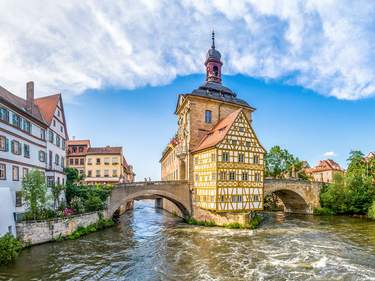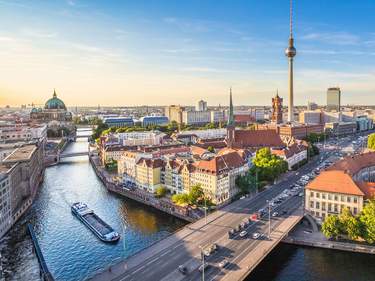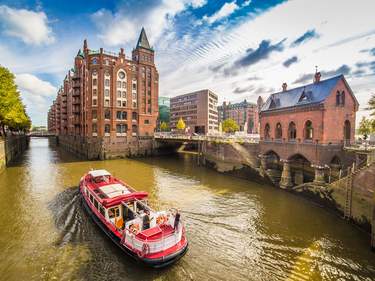2. Völklingen Ironworks
Beauty may be in the eye of the beholder, but not many people expect to see a rusty industrial complex like the Völklingen Ironworks listed on the World Heritage List. However, this particular factory is the only intact example of an integrated pig-iron blast-furnace complex in the world, which employed 17,000 workers in the 1960s.
Pig iron is a brittle, high-carbon form of iron produced by smelting iron ore with coke in a blast furnace, used as a raw material for making steel and other iron products.
The ironworks, which were constructed in different phases from 1881 to 1935 and operated until 1986, showcase the entire process of producing pig iron, from handling raw materials to operating blast furnaces.
Many of the technological advancements pioneered here have been adopted globally, making the ironworks a significant symbol of human progress during the Industrial Revolution. Nowadays, visitors can explore the factory through a walkway that winds around its main sections, and the spacious halls are utilized for various events such as exhibitions, theater performances, and concerts. Special tours can be arranged through the visitor center.
How to get there
The Ironworks are just a give minute walk from Völklingen train station. You can transfer here easily from Saarbrücken Hoptbahnhof.




















